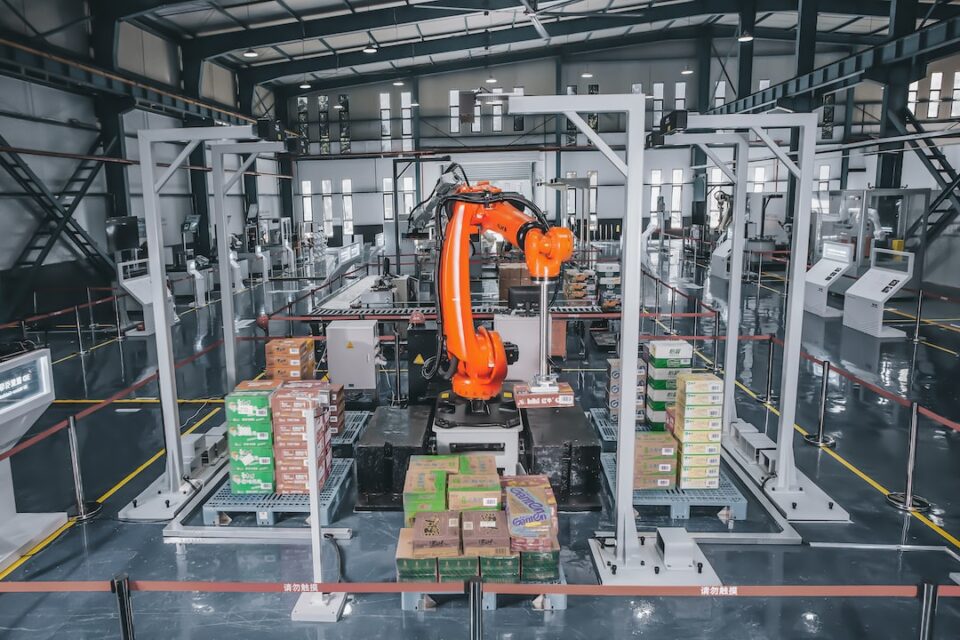The Evolution of Smart Factories: A Look into the Future
In recent years, we have witnessed a drastic transformation in the manufacturing industry with the emergence of smart factories. Gone are the days of labor-intensive operations; these smart factories are paving the way for a new era of industrial production. With the integration of advanced technologies such as artificial intelligence (AI), the Internet of Things (IoT), and robotics, these factories are revolutionizing the manufacturing process.
The key concept driving smart factories is connectivity. Every machine, device, and component is connected, creating a networked system that allows for seamless communication and data exchange. This connectivity enables real-time monitoring of production processes, enabling managers to make informed decisions and optimize efficiency.
One of the most significant advantages of smart factories is the ability to gather and analyze vast amounts of data. Sensors placed throughout the production line collect valuable information about machine performance, production rates, and quality control. This data is then processed using AI algorithms to identify patterns, predict potential failures, and optimize production schedules. This analysis helps in minimizing downtime, reducing costs, and improving overall productivity.
Moreover, smart factories enhance worker safety and job satisfaction. Dangerous or repetitive tasks are now performed by robots, reducing the risk of accidents and freeing up employees to focus on more challenging and creative tasks. Workers can access real-time data and analysis through wearable devices, allowing them to make informed decisions and improve efficiency.
The future of smart factories looks even more promising. Technological advancements in AI and robotics will further automate various processes, eliminating the need for human intervention in many areas. The use of autonomous vehicles for material handling and delivery, for example, will improve logistics efficiency within these factories.
Furthermore, the integration of virtual reality (VR) and augmented reality (AR) technologies will transform the way workers are trained and work in these factories. VR can create immersive training programs that simulate real-life scenarios, allowing workers to learn and practice in a risk-free environment. AR, on the other hand, can provide workers with real-time information and instructions, overlaying virtual data onto physical objects.
The evolution of smart factories also brings about challenges and concerns. Data privacy and security, for instance, become critical issues as immense amounts of sensitive data are generated and transmitted. Ensuring that this data is protected from cyber threats and misuse is of utmost importance.
In conclusion, the evolution of smart factories promises a future of increased efficiency, quality, and worker safety. These factories, built on connectivity and advanced technologies, are reshaping the manufacturing industry. The integration of AI, IoT, robotics, and virtual technologies is enabling manufacturers to achieve new levels of productivity. As we move forward, it is crucial to address the challenges and ensure a secure and responsible implementation of these revolutionary concepts. The smart factory of the future will undoubtedly transform the way we produce goods and revolutionize the manufacturing industry.

